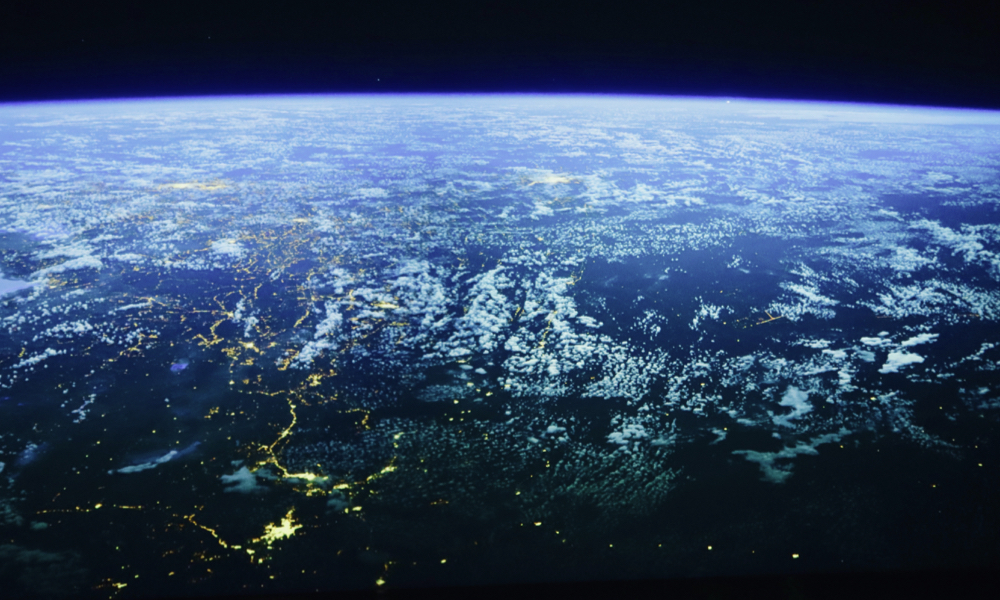
ESA Open Invitation to Tender AO9595
Open Date: 11/12/2018
Closing Date: 06/02/2019 13:00:00
Status: ISSUED
Reference Nr.: 18.155.25
Prog. Ref.: EO-Science for Socie
Budget Ref.: E/E105-E5 – EO-Science for Socie
Special Prov.: BE+DK+FR+DE+IT+NL+ES+SE+CH+GB+IE+AT+NO+FI+PT+GR+LU+CZ+RO+PL+EE+CA+SI
Tender Type: C
Price Range: 200-500 KEURO
Products: Non Space Procurement/Services
Techology Domains: Others
Establishment: ESTEC
Directorate: Directorate of EO Programmes
Department: Science, Applications & Climate Dep.
Division: Earth and Mission Sciences Division
Contract Officer: Fabrizi, Lavinia
Industrial Policy Measure: N/A – Not apply
Last Update Date: 11/12/2018
Update Reason: Tender issue
The Arctic Ocean is changing dramatically responding to significant global atmospheric warming by pan-Arctic sea-ice retreat and thinning. Satellite records have revealed a significant decrease in sea ice extent in all months, especially in summer. Strong reduction in areal ice coverage (ca. 16% per decade) is accompanied by a decrease in winter sea-ice thickness by nearly 50% over the 1980-2008 period, shifting sea ice state from one dominated by multi-year ice cover to a seasonal and much thinner (first year) ice cover.The Arctic is thus increasingly controlled by thinner, more dynamic, first year ice. The increase in open water leads in the Arcticresults in further oceanic uptake of atmospheric heat which contributes to amplified warming. Some projections suggest that the Arctic Ocean may become seasonally ice-free as early as 2040. As sea ice retreats, more open ocean is revealed leading to a more dynamic sea state regime. Attenuation of waves in the marginal ice zone caused by ice flexure combined with basal friction is reduced when the ice layer is not continuous over which the ice is broken up by waves a 100 to 200 km wide region as observed in SAR imagery.As the Arctic Ocean open water area increases, and sea ice is thin, waves action in the marginal ice zone will inhibit the formation of new ice and accelerate the retreat of sea ice further exacerbating Arctic regime change. As more of the Arctic Ocean water is exposed to the atmosphere properties of the ocean related to heat, gas, freshwater and energy fluxes are likely to changing quite rapidly and with increasing regional variability. Such a dramatic regime change has potential for profound impact on global ocean circulation patterns, the distribution of nutrients and carbon dioxide, biogeochemical cycling and changes in Arctic ocean stratification. The action of strong winds over a larger Arctic ocean surface will modify the vertical structure of the upper ocean bringing nutrient-rich deep waters up to the sunlit surface enhancing phytoplankton productivity and potential impact on the absorbtion of CO2, increasing the oceans ability to act as a carbon sink for greenhouse-gas emissions (Meredith et al, 2018).Because the Arctic oceanis a remote and inhospitable region to work in, data coverage is extremely sparse and it remains a poorly understood environment. Substantial uncertainties of sea ice and ocean interaction processes, as drivers of Arctic change, still exist. Earth Observation is unique in this respect providing a wealth of measurements every day from different instruments. How can EO data be used to improve knowledge of the role played by the Arctic ocean in exchanging heat, gas, mass, freshwater and energy fluxes in the Marginal Ice Zone? The Arctalas study is focussed on the application of Earth Observation data to better understand and quantify sea-ice and ocean interaction processes within 250 km of the Marginal Ice Zone on both sides of the interface. A key challenge is to develop new approaches to use native resolution measurements (i.e. single image snapshots, altimeter transects etc) rather than gridded fields (that smear and smooth features) in a broader data-driven analysis framework. The anticipated outcome is a better understanding of how the Arctic Ocean MIZ will develop and respond to the changes that are taking place both today and those expected in the next decades.
If you wish to access the documents related to the Invitation to Tender, you have to log in to the ESA Portal.
